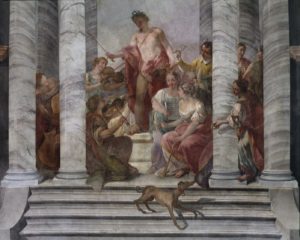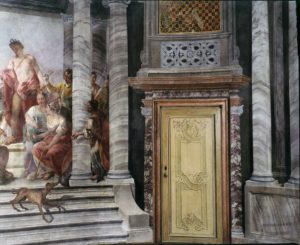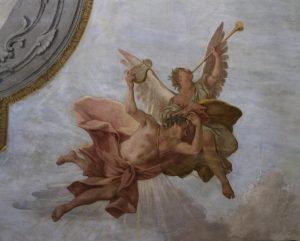Music Room, Ospedaletto, Campo S. Giovanni e Paolo
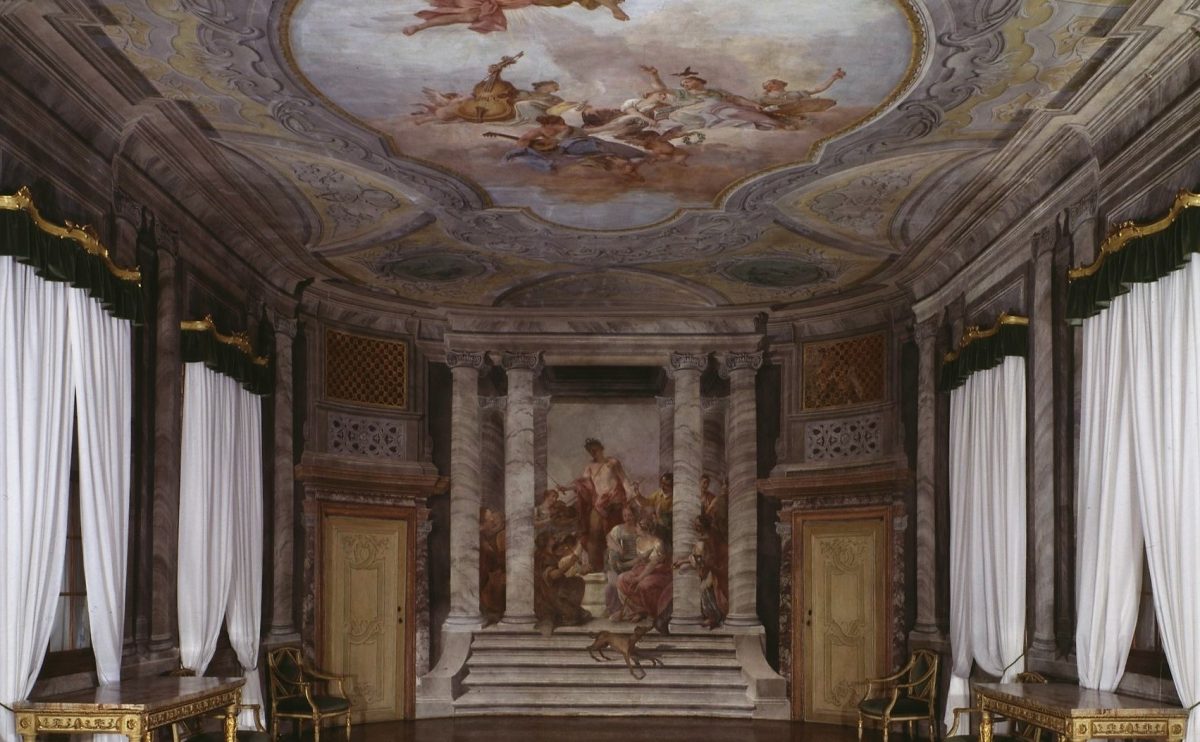
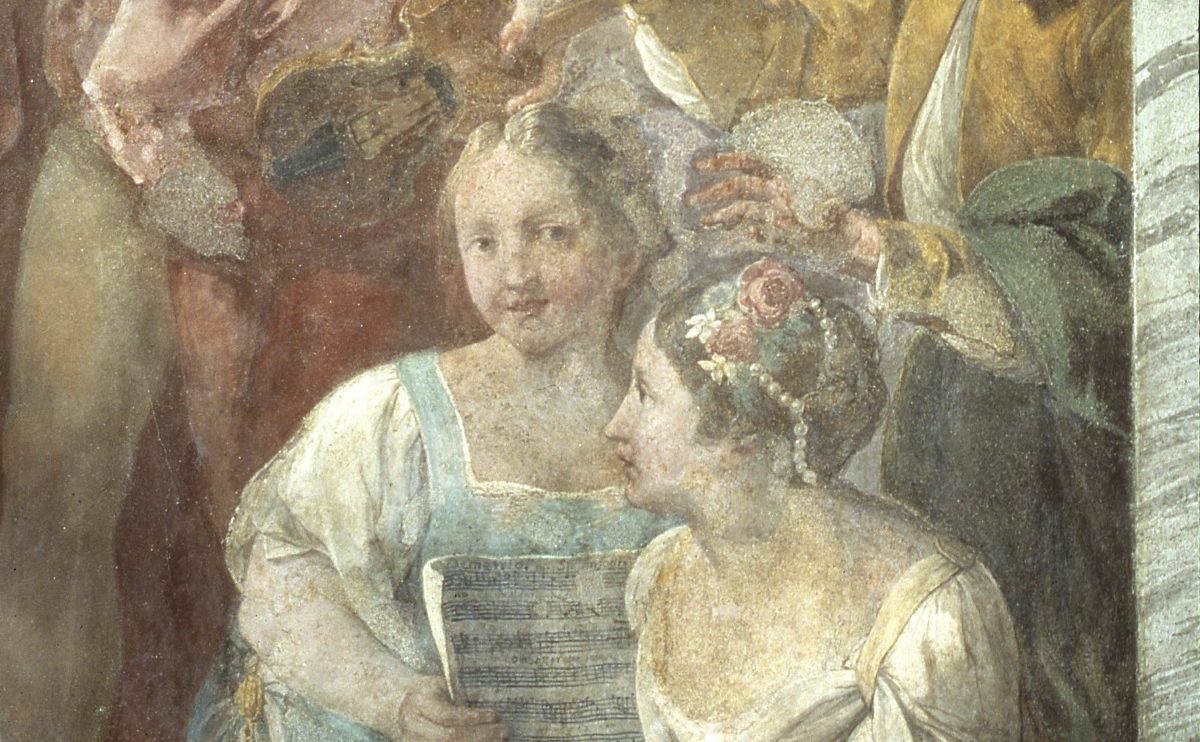
About the project
The Matteo Lucchesi-designed music room is part of one of Venice’s four old hospitals founded in 1528. It provided not only medical care but also took in and educated orphans; the boys were trained in skills that would enable them to be employed in the Arsenale dockyard and the girls were taught sewing and music. From the 17th century onwards each of the hospitals developed a choir and hence a need to receive the nobility of Venice and honoured foreigners.
Entry to the Sala della Musica is still through the hospital, which is administered by IRE. The musicians played from a small, stuccoed balcony above the door, separated from the room by a decorative wrought-iron grille. In 1979 the frescoed ceiling by Jacopo Guarana was threatened with collapse owing to leaks from the flat above and a badly installed external balcony. Damp was also penetrating the end wall and rising from the ground floor. The entire structure needed attention. The roof was restored, the brickwork of the outside walls was patched up to two metres, and the floor, walls, beams and sagging ceiling were consolidated and cleaned. Every aspect of the oval interior received specialist attention: the furniture, the stucco work, the trompe l’oeil architectural frescoes by Antonio Mengozzi Colonna, the ceiling and the principal fresco, Jacopo Guarana’s Concerto delle Putte.
Project location
In Brief
- Twelve international committees collaborated with IRE for the funding of this restoration between 1987-91 and it received a Europa Nostra award in 1994.
- IRE is a now a public body but its origins lie in the many philanthropic organisations dating back to medieval times that supported the poor, elderly and sick.
- IRE owns a number of historic sites in Venice. To visit the Sala della Musica and its other sites https://www.gioiellinascostidivenezia.it/


